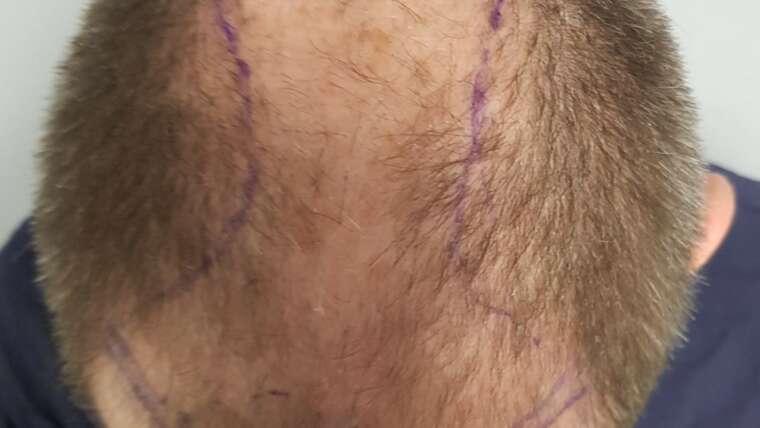Alopecia is called the loss of hair from the head or from another part of the body. There are two major categories of alopecias, the cicatricial and the non – cicatricial ones.
Cicatricial alopecias are characterized either by inflammatory or by fibrotic conditions in the skin that permanently damage and degenerate the hair follicular units and can even damage the whole histology and appearance of the skin. They are divided into primary and secondary. The primary alopecias, which are purely of pathological etiology, include those that occur in autoimmune diseases such as lichen planopilaris, frontal fibrotic alopecia, sarcoidosis, lupus erythematosus etc. The secondary alopecias, which are caused due to external traumatic factors, include the post-traumatic, the post-burn, the post -operative, those due to an aggravating hair styling, the post-infectious, those because of psychological disorders like in trichotillomania etc.
Non –cicatricial alopecias are not characterized by deep skin fibrosis such as in diffuse hair loss (post-partum, due to stress, seasonal effluvium, due to hormonal or metabolic disorders, due to medication intake etc.), alopecia areata etc. Androgenetic alopecia (common baldness) also belongs to this category.
Diagnosis of alopecia plays the most essential role in setting the indication for hair transplantation. Many alopecias, and especially the diffuse ones, are reversible either spontaneously after some time (such as stress effluviums or post partum) or after proper treatment (such as alopecia due to metabolic or hormonal disorders).
Objectively only androgenetic and secondary cicatricial alopecias may have an absolute indication of restoration with hair transplantation. These are cases of alopecia that no general or dermatological pathological condition affecting the hair is involved that could endanger either the result of the transplantation or even the health of the patient.
Hair transplantation in these cases under a personalized restoration plan for each and every patient according to their needs and peculiarities, can present a very satisfactory result that will bring only positive effect to the image/physical appearance and the psychology of the concerned.



